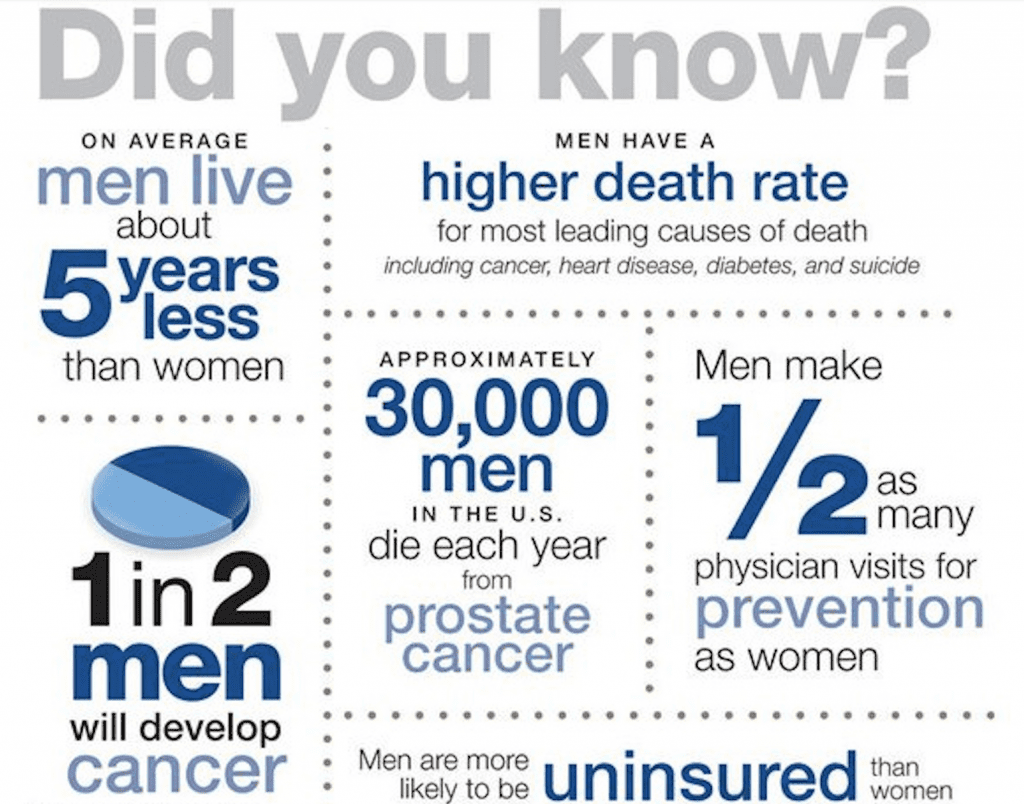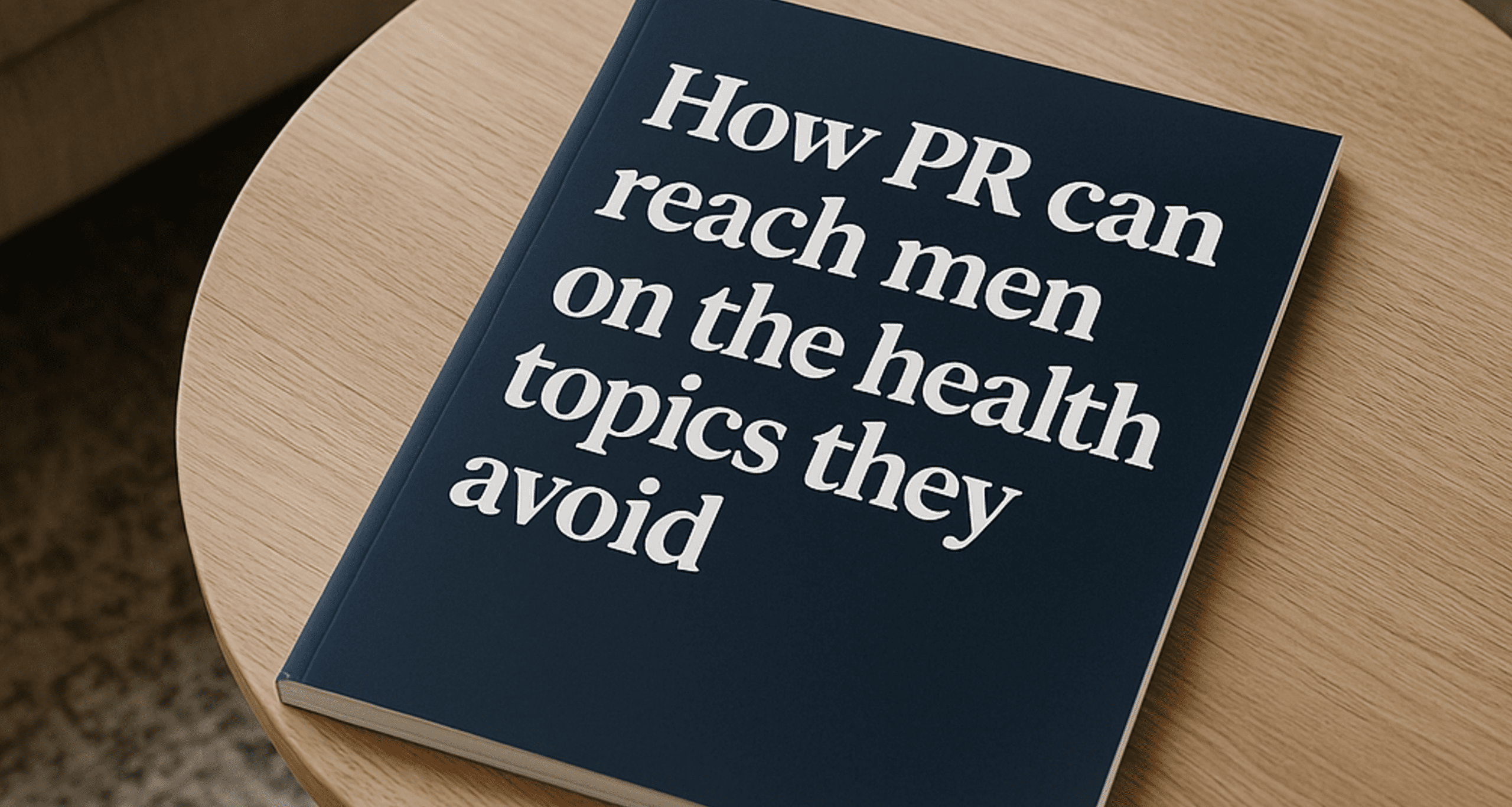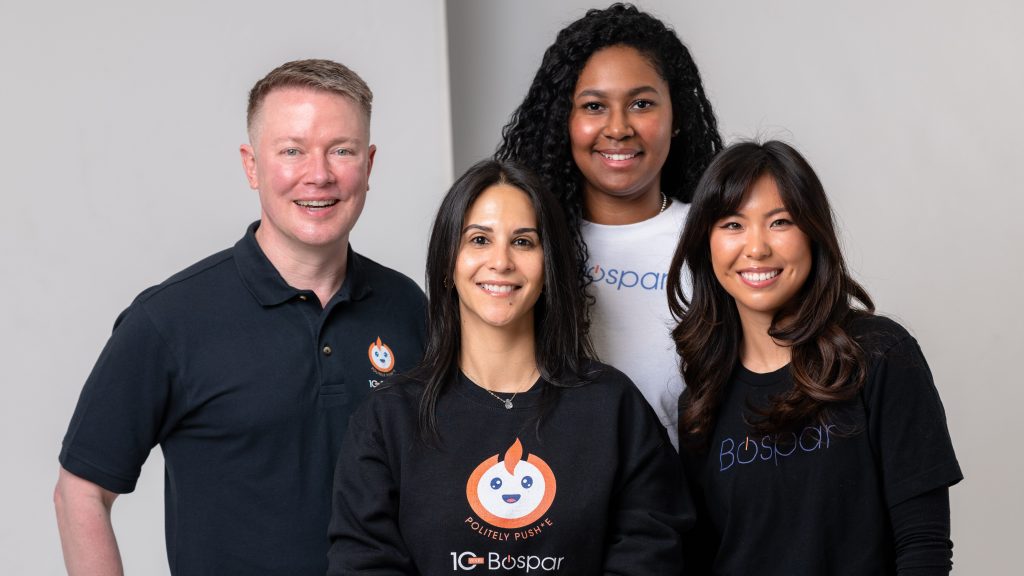June is Men’s Health Month, a time to spotlight the physical and emotional challenges that impact men across their lifespan. Yet in public discourse, and even within healthcare itself, certain topics remain difficult to address. These are often areas where stigma persists, and where men are still less likely to speak up or seek support.
According to the American Psychological Association (APA), only 35% of men said they would be likely to seek help from a mental health professional, compared to 58% of women. This gender gap reflects the self-stigma many men experience when confronting health concerns that are emotionally or culturally fraught. Public relations professionals can play an important role in helping men feel seen, understood and supported. While awareness is a foundational step, messaging must also reflect the nuance of lived experience, challenge embedded norms and promote action.
At Bospar, we’ve seen this play out across campaigns spanning mental health, reproductive health and chronic disease. Our healthcare work prioritizes communication that builds trust, reduces stigma and drives better health outcomes.

Understanding the disconnect between men and health messaging
There is a well-documented set of social and behavioral dynamics that shape how men engage with health. Rigid expectations around masculinity often discourage vulnerability or help-seeking behaviors. Conditions that affect emotional, sexual or reproductive wellbeing can carry shame, especially when framed in deficit-based terms.
Even when campaigns attempt to reach male audiences, they often rely on language that feels disconnected from how men process emotional or physiological change. In some cases, that language is too medicalized or generic; in others, it misses the motivational drivers that could actually prompt behavior change.
In healthcare PR, the challenge is to shape communication that resonates with how men see themselves and their responsibilities, including as caregivers, partners and providers.
This is especially true in fields like HealthTech, wellness technology and diagnostics, areas where Bospar has deep experience. Whether the focus is on AI-powered care navigation, at-home diagnostics or digital therapeutics, we work with clients to ensure that their messaging accounts for the unique psychological and cultural context that informs how men access and interpret health information — and how that messaging is ultimately reflected in public perception.
Three strategies that make a difference
1. Use language that frames the situation, not shames the individual
Language is far from neutral. It informs how people interpret risk, identity and next steps. The goal is not to minimize the seriousness of a condition, but to contextualize it in ways that preserve dignity and agency. Men are often told to prioritize their role as protectors or supporters of others. Reframing health as an extension of that role, rather than a threat to it, can open the door to participation. A key way of taking care of your family is by taking care of yourself.
2. Let men hear from men
Relatability is one of the strongest levers in health communication. Peer-driven storytelling reduces stigma and provides a mirror for those navigating similar experiences. With our clients, we’ve seen meaningful traction from stories featuring men managing bipolar disorder, navigating fertility testing or deciding to begin testosterone therapy.
The tone of these campaigns matters. Storytelling works best when it is framed as a lived experience rather than a directive, something men can see themselves in, rather than something they feel preached to about. And when those stories are amplified through the right media outlets, they create connection and drive meaningful engagement.
3. Deliver the message where it’s best received
Traditional health channels, like provider websites or medical trade publications, aren’t typically where men spend their time. Our successful campaigns have embedded messaging in places like podcasts, wellness newsletters, fitness platforms and male-focused digital communities. Reaching audiences where they are, in the tone and format they’re used to, helps reduce friction and normalize conversation.
A Public Health Lens on Strategic Communication
As a public health professional, I’m acutely aware that behavior change isn’t just driven by education, it’s shaped by environment, culture and identity. That’s why it’s so important that our PR strategies go beyond awareness to consider the emotional and societal context surrounding men’s health.

When we take the time to understand the barriers to engagement and intentionally build communication that speaks to men with clarity, respect and empathy, we’re not just advancing brand outcomes. We’re contributing to better health literacy, earlier intervention and stronger patient-provider trust.
This is where communications become a tool for public good. Smart, science-informed PR helps people recognize themselves in the narratives we create. It supports their ability to make informed choices, to feel seen by the system and to seek care without shame. And in the long term, it has the power to move the needle on outcomes we all care about; access, equity and better health for everyone.
Men are listening when we speak their language
Men’s Health Month is a reminder that awareness alone isn’t enough. We need smarter narratives, braver storytelling and strategies rooted in empathy and evidence. As public relations specialists, we have a unique opportunity to help reframe how men see their health, not as a vulnerability, but as a strength worth protecting.
At Bospar, we specialize in building healthcare campaigns that inform and connect. Our work spans mental health, reproductive health, chronic illness and more, and we understand how to translate sensitive, technical or stigmatized topics into messaging that resonates with real people. If you’re looking to create healthcare campaigns that are credible, compassionate, and culturally attuned, we’d love to connect. Reach out to us at results@bospar.com.




